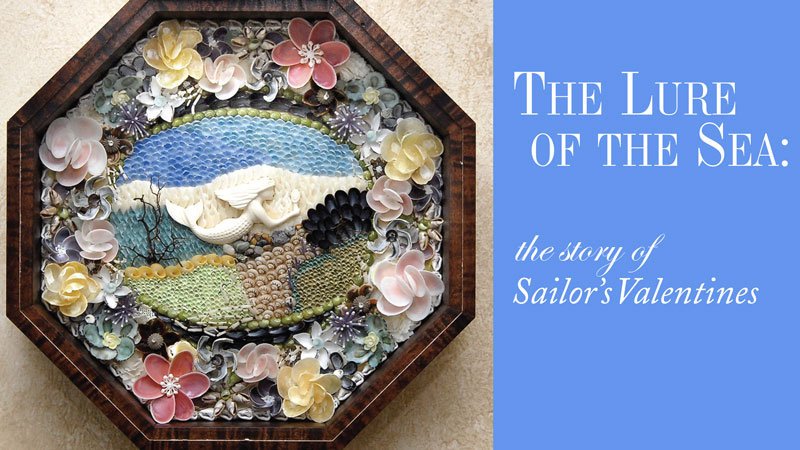Weaving a Family Legacy
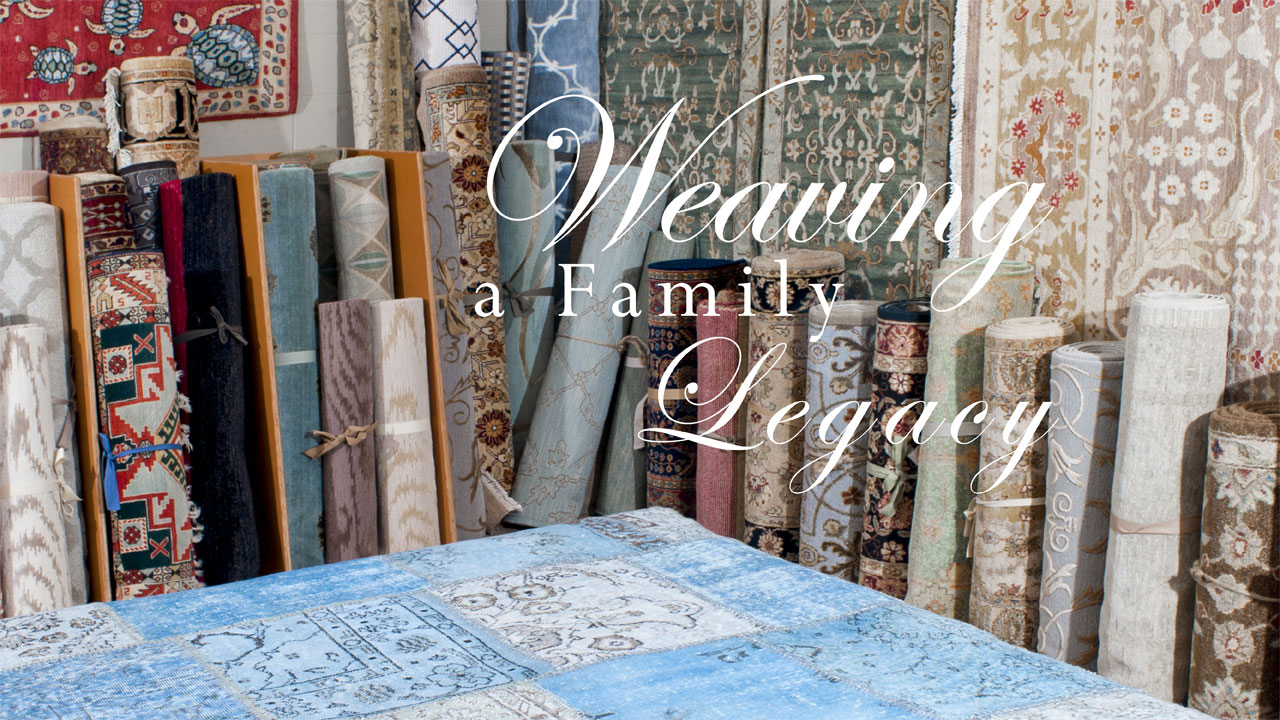
by Andrew Spencer
photos courtesy of Colony Rug Company
In 1931, American historian James Truslow Adams was the first to describe what came to be known as the American Dream. Today, the concept of the American Dream has morphed into a variety of different ideas. In 1904, however, two young Armenian immigrants stepped off the boat in the bustling city of Boston, Massachusetts, and started on a journey to their own version of the American Dream.
Those immigrants were Giragos and Krikor Yacobian, two brothers who were well-versed in the business of selling Oriental rugs. They opened up a shop on Chauncey Street in Boston, and the rest is literally history. That business became what is today Colony Rug. Today the store is owned and operated by Giragos’s great-granddaughter, Paige Pieroni. “Our family legacy is very important to us. It’s an important part of who we are as a business,” Paige said recently. “We still have customers today who come in and tell us that they remember buying rugs from my grandfather.”
That sort of longevity in any business is a feat to be admired, but it’s no accident that the fledgling business started by the Yacobian brothers more than a century ago is going strong today. “We are honest in our business dealings,” Paige said. “I like to be able to sleep at night, and that means giving our customers the highest quality at a fair price.” One way that Paige ensures her customers are getting the highest quality is through working with the best importers in the business. “Because we’ve been in business for so long, we have long-term relationships with the best importers,” she explained. “We know we’re getting the highest quality rugs.”
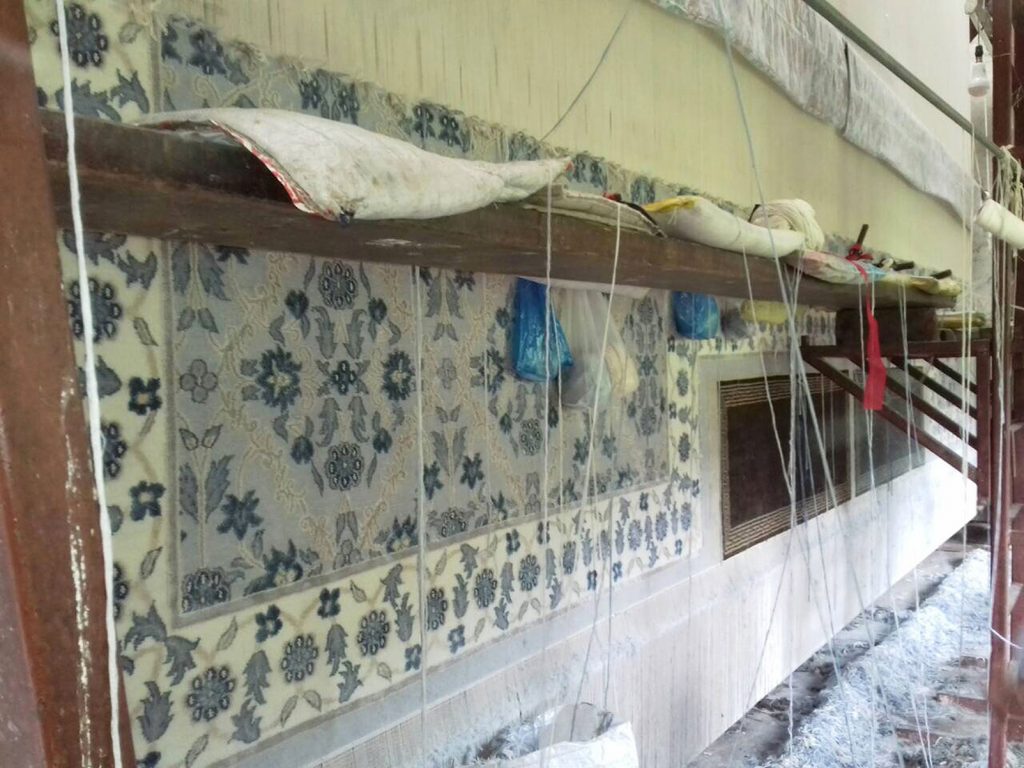
Nepal factory 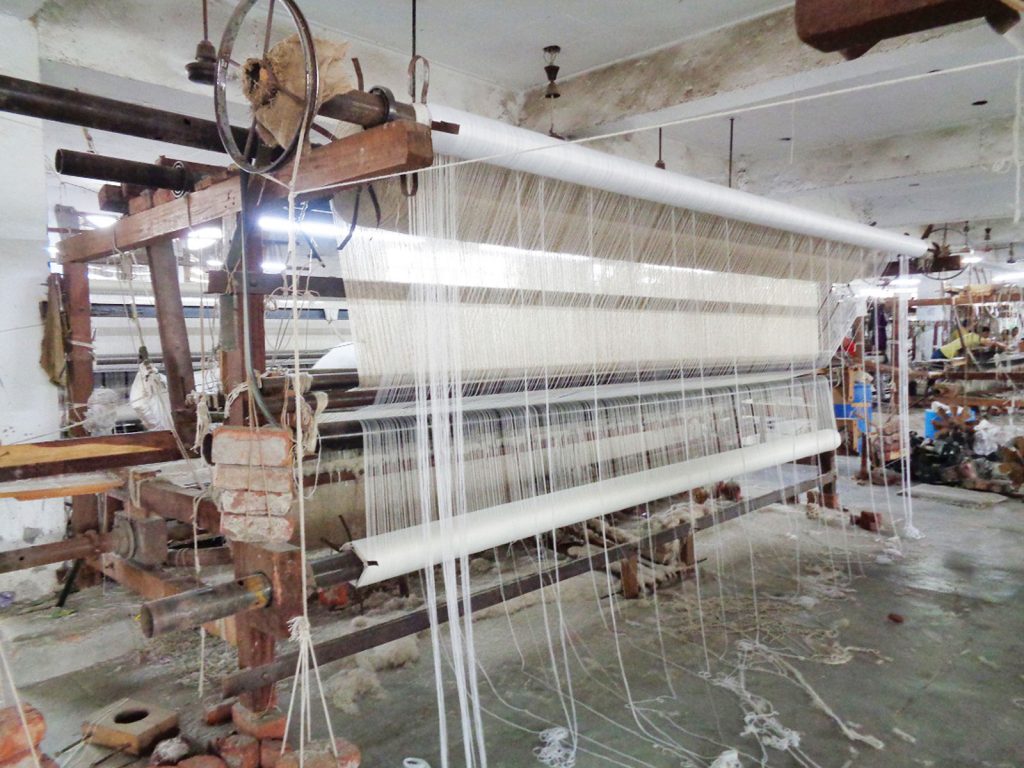
Nepal factory 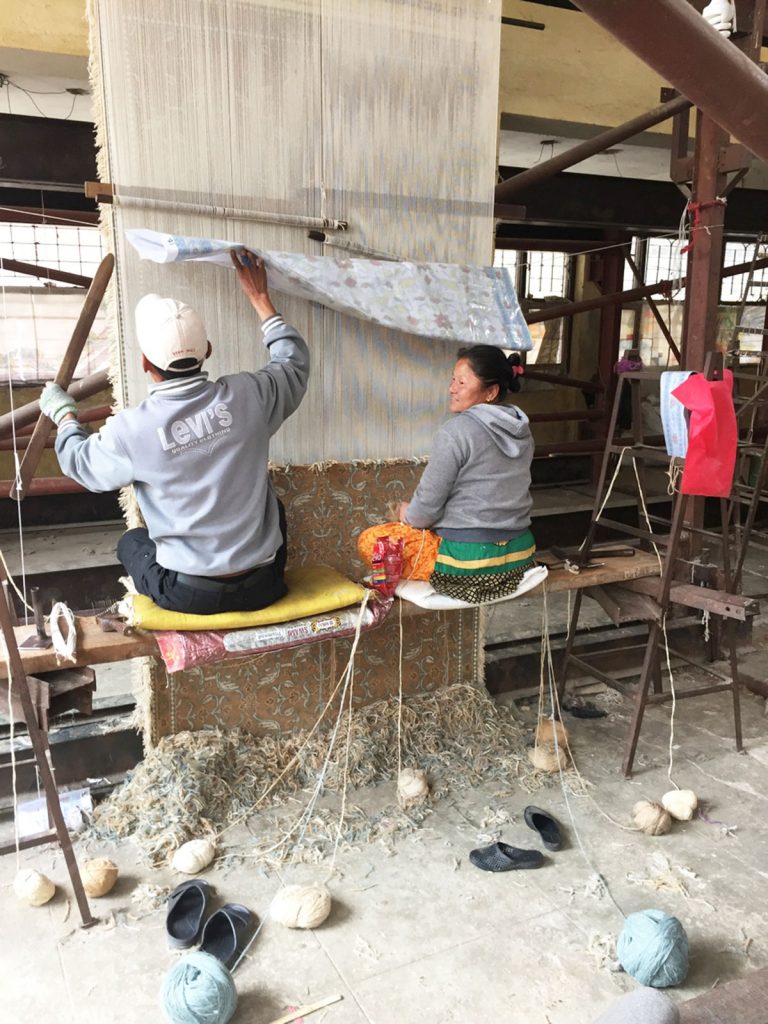
Workers weaving in Nepal factory 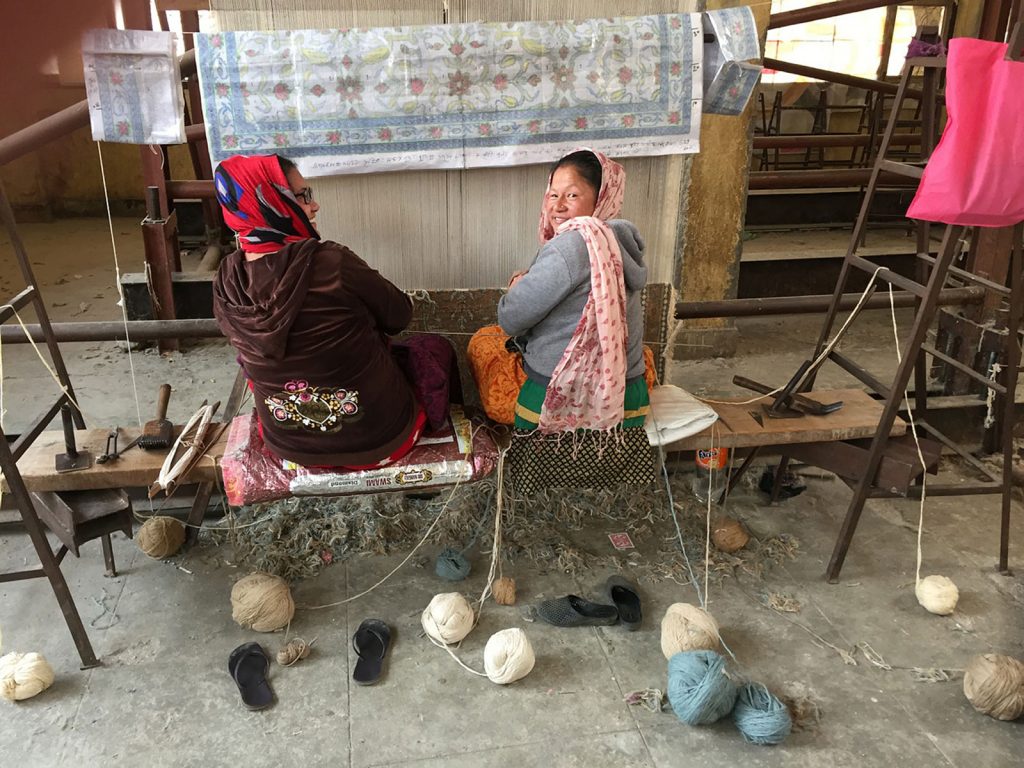
Workers weaving in Nepal factory 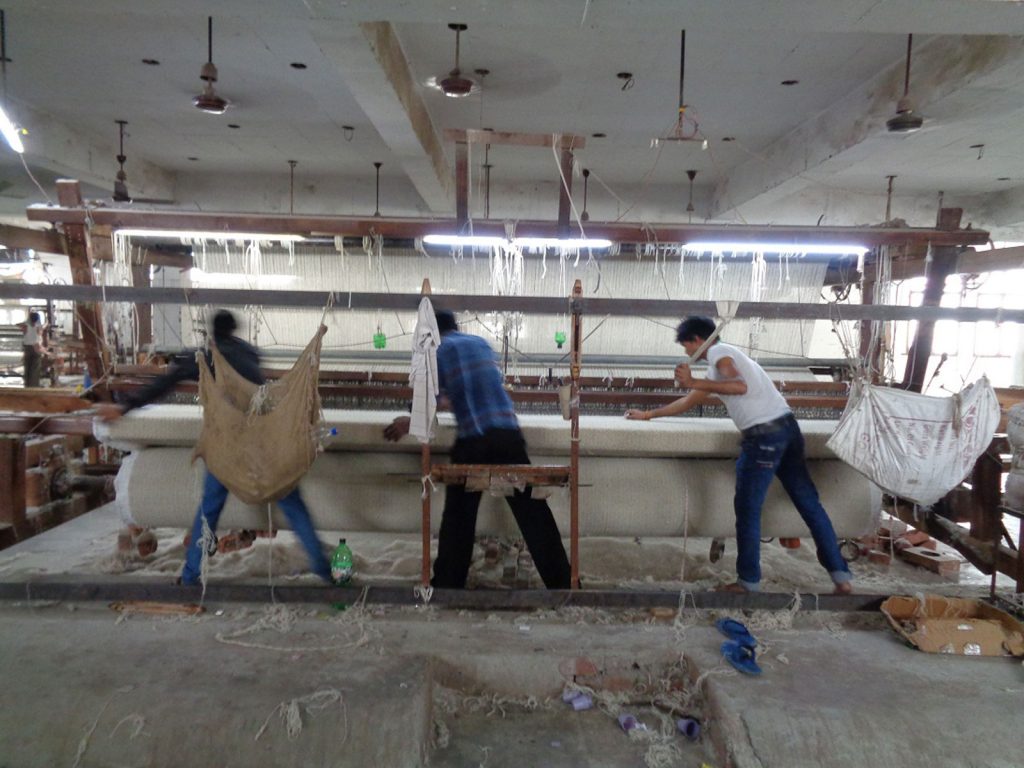
Workers weaving in Nepal factory
But how does a customer tell whether or not they’re getting a high-quality rug? Paige was quick to dispel one of my own long-held beliefs, namely that thicker rugs are necessarily better. Instead, she advises starting with the material itself. In the case of a wool rug, for instance, quality is dependent on where the wool was harvested. From there, buyers should look at the back of the rug to determine the skill of the weaver. Paige advises looking to see how clear the pattern is on the back of the rug, as the higher the weaver’s skill, the more clear the pattern will be due to tighter knots which result in a higher-quality rug. It’s also important to make sure that the colors of the rug won’t run when it’s cleaned, something that can happen with lower-quality rugs. Of course, there’s always the price issue, too. I mean, how is it that so many people selling rugs can discount them so much yet still stay in business? It makes you wonder if they’re not just selling lower-quality rugs at much higher prices.
All of these concerns are enough to make you want to swear off ever buying a rug in the first place. Fortunately, Paige and her expert team at Colony Rug have done all of that hard work for you. They’ve sourced merchandise from the best materials and the best weavers so that all you’ve got to do is choose your perfect rug from their vast inventory of standard-sized rugs. They’re all hand-knotted and gorgeous, so you really can’t go wrong. It’s as easy as that.
What’s that? You’re saying you’ve got a really specific rug in mind that isn’t actually a standard size? In fact, it’s not a standard shape? Oh, and you need the color to match your window treatments exactly? That’s no problem for Paige and her team. “We have several weavers that can do virtually any custom work,” she said. They can match fabric swatch colors and customize a rug to fit perfectly in just about any design situation you can name. Typically, custom work takes from six to eight months, but the end results are always worth the extra time it takes.
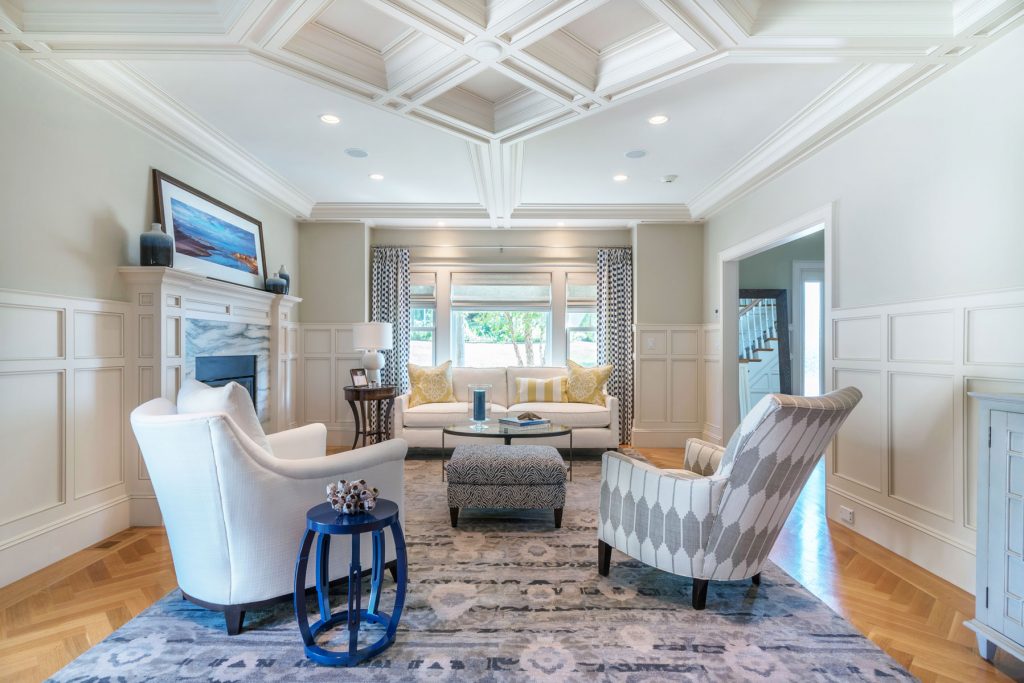
Gale Michaud Interior 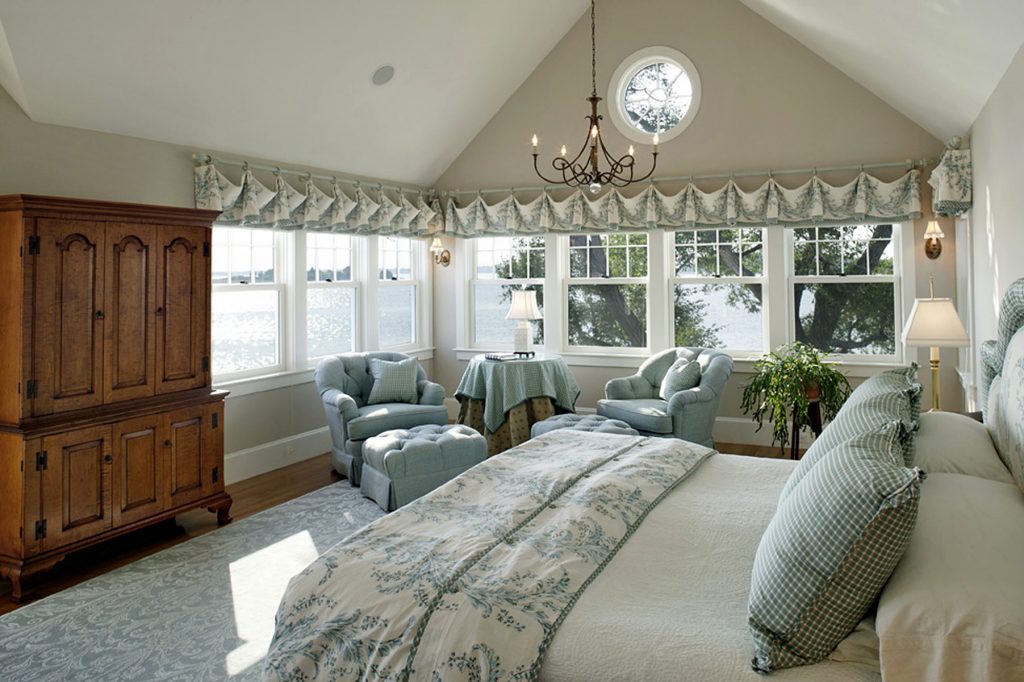
Sandra J. Tuthill Interior Design 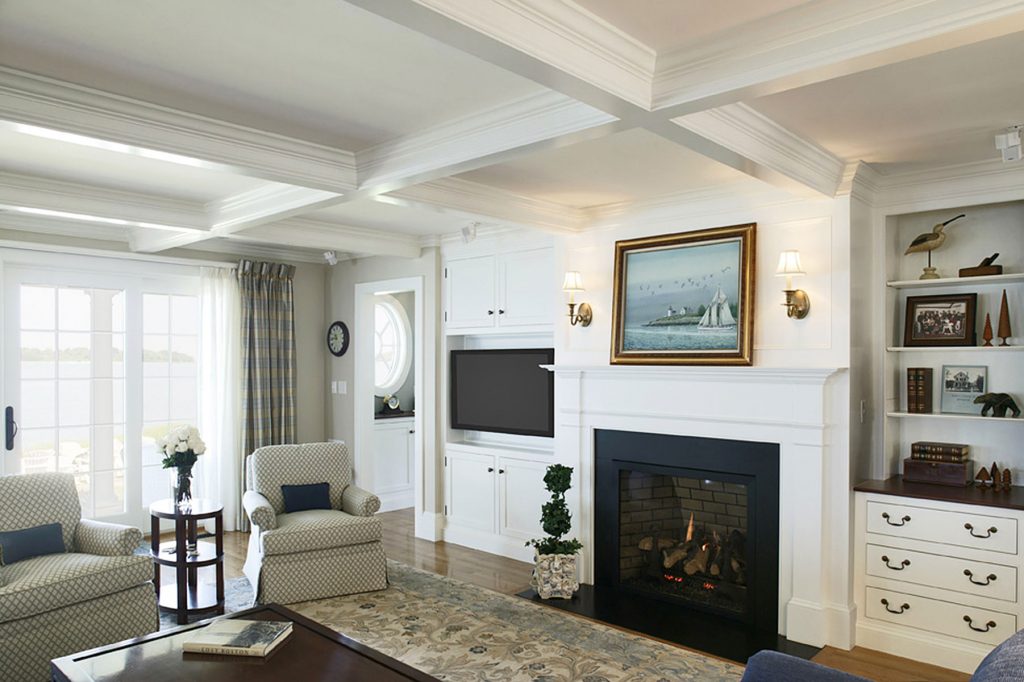
Sandra J. Tuthill Interior Design 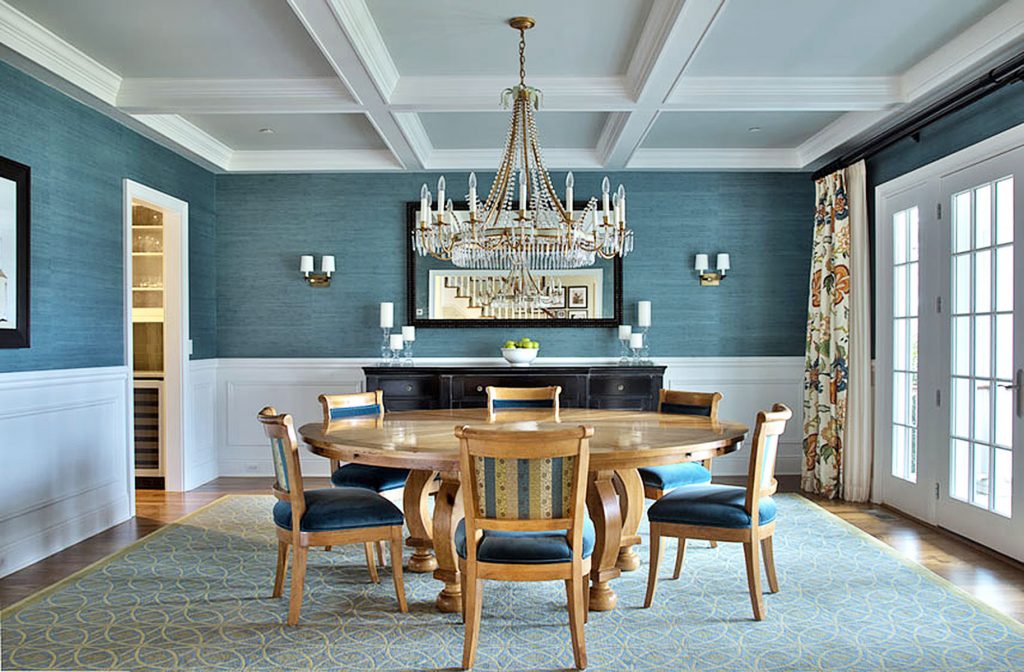
Carole Freehauf Design 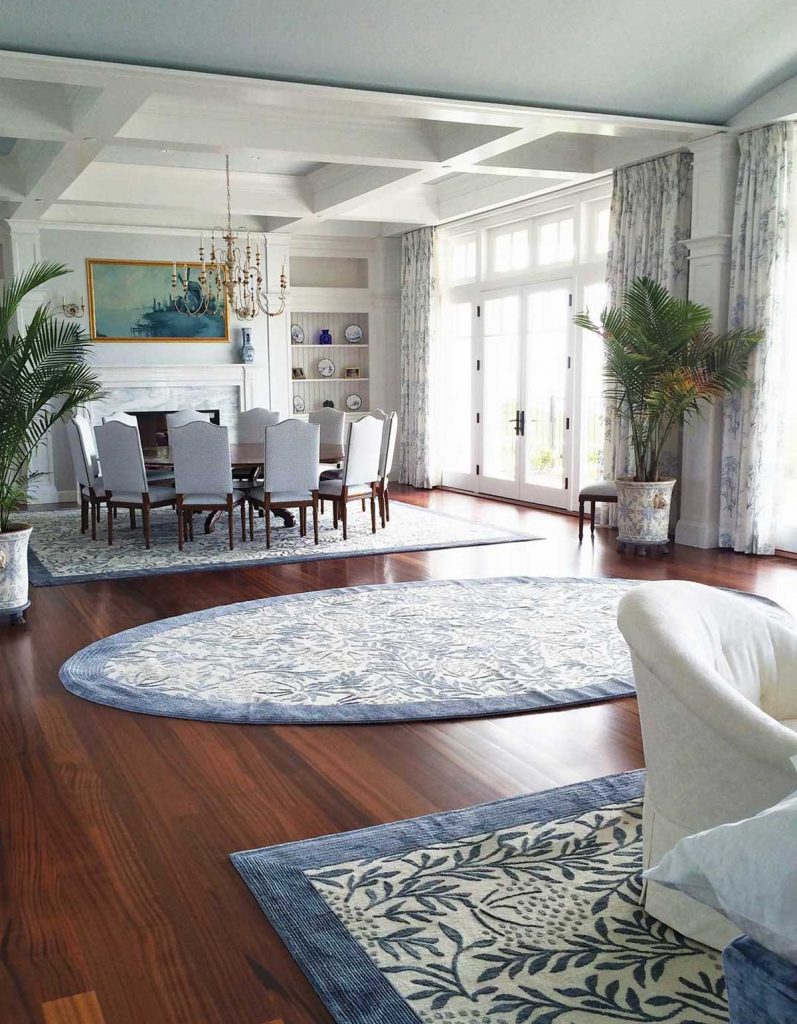
Sandra J. Tuthill Interior Design
In the end, the look and feel of a high-quality hand-knotted rug is one that can’t be reproduced in a mass-produced machine-made rug. Whether it’s an in-stock standard size from the Colony Rug showroom or a custom-made piece, you will have a rug that, like the Colony Rug business itself, will continue to be a treasured piece for generations to come
Helpful Hints for Rug care
Nantucket summers can be tough on rugs, between sandy feet and cocktail party spills and napping dogs and whatever other sources of wear and tear you can name. Paige has some advice for taking care of your rugs both during the summer and in the off-season when they’re put away for their winter hibernation.
- Vacuum your rugs on a regular basis. Daily vacuuming is the best way to ensure that sand and dirt doesn’t get ground into the rug.
- If you have a rug in a sunny area, try to rotate ninety degrees every summer. Rugs will fade when they’re left in the direct sun, and by rotating it you can avoid having one corner that is completely faded while the rest of the rug is unfaded.
- Always have proper padding underneath any rug. Not only does a pad keep the rug from moving, it also helps reduce the wearing process by providing cushion to the bottom of the rug.
- When spot-treating stains, use a good cleaning solution and blot, don’t rub!
- Only professionally clean your rugs when it’s absolutely necessary. Harsh chemicals can reduce a rug’s lifespan in the same way that dry cleaning does to clothes.
- When packing up rugs for the winter, it’s a good idea to include anti-moth measures such as mothballs or other products. Moths thrive in the dark and quiet of a closed-up house, and they will feed on your wool rugs if they aren’t protected.
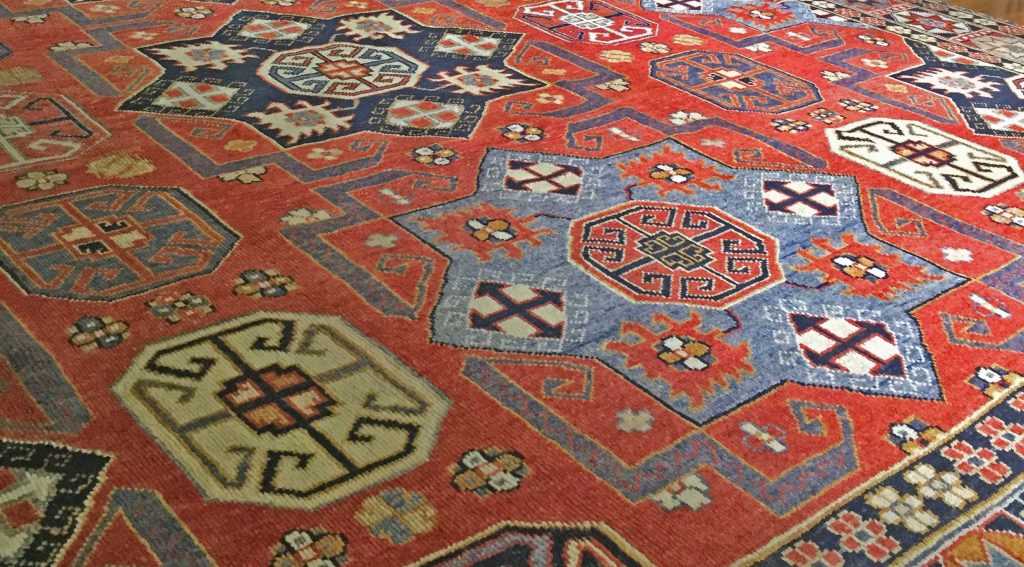
To learn more about Colony Rugs, check out their website at www.colonyrug.com.
You can also follow them on Instagram (@colonyrugco) or Facebook (Colony Rug Company, Inc.) for examples of their extensive offerings, both in-stock, and custom.

